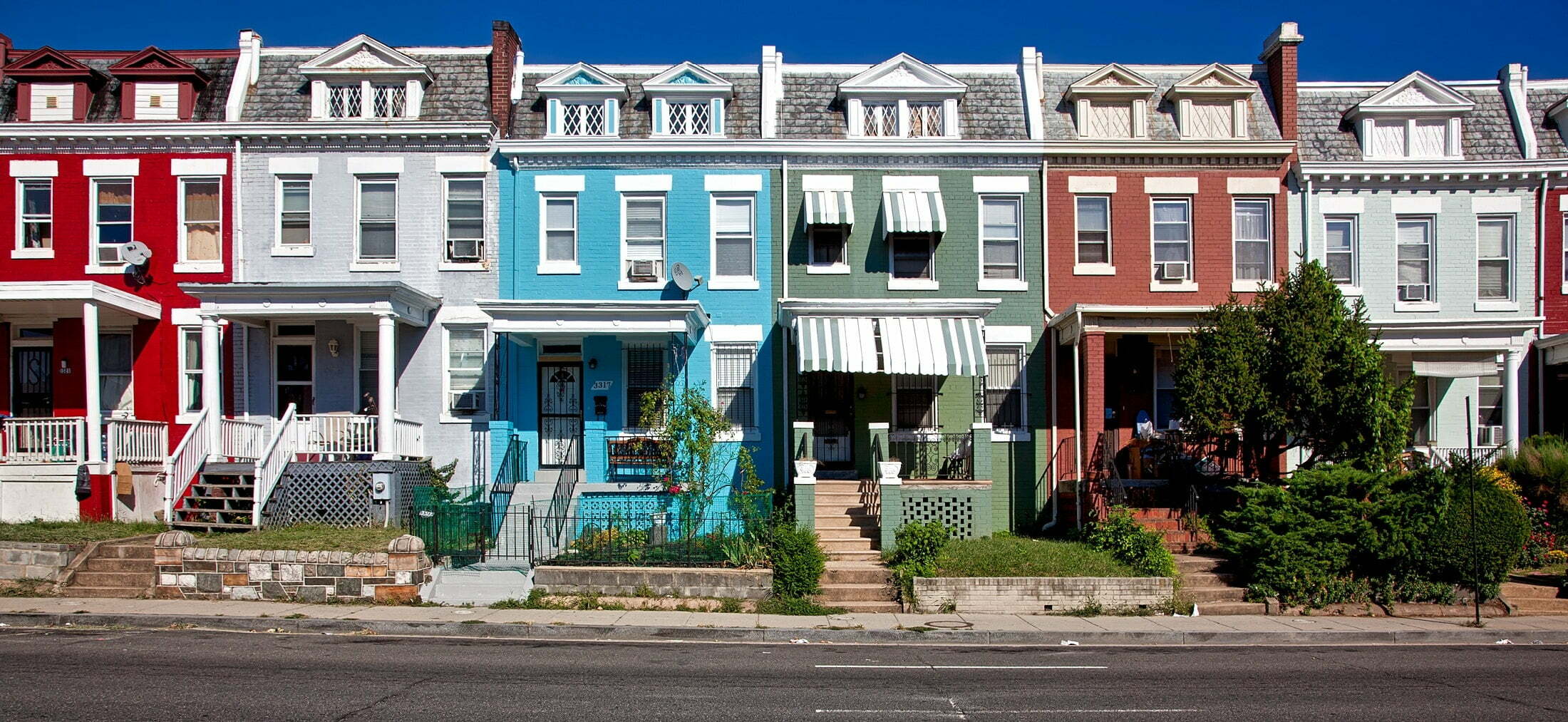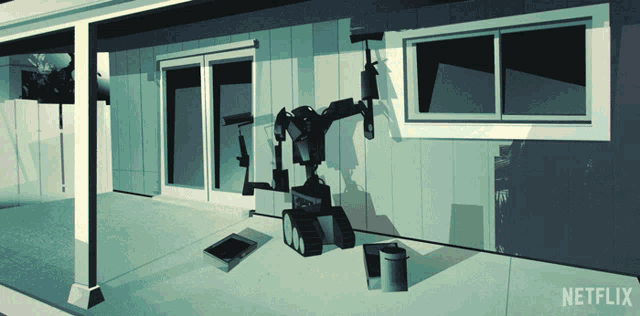When searching for a new home, you may have to make several important decisions. But one of the first decisions you need to make is about the type of housing unit you would like for yourself and your family.
Given the similarities between townhouses and conventional houses, many people looking for homes are confused about which one is right for them. However, there are a few key differences that you should know before you decide between the two.
If you are looking for a new home and are confused about going for a townhouse vs. a conventional house, this post is for you. Here we look at the differences between a townhouse and a conventional house followed by a discussion on the pros and cons of each housing type so you can make the right choice.
So let’s get started.
#1. Size and Layout
The size and layout are perhaps the most obvious difference between a townhouse vs. a conventional home. A townhouse is typically much smaller than a conventional house in terms of covered area. Moreover, townhouses are often much narrower and feature multiple stories. However, that’s not the case with a conventional house. A conventional house has more space and is usually larger in size compared to a townhouse. Your conventional house can include attics and basements and have detached structures within your home’s boundary which cannot be the case with townhouses.
#2. Shared Exterior Walls
Another integral difference between a townhouse and a conventional house is that of shared exterior walls. With townhouses, you share a wall with your neighbors as homes are attached to one another in a single block. As a result, townhouses may offer lesser privacy which is not the case in conventional homes.
In the case of a conventional home, you do not share a wall with your neighbor as each home is a stand-alone structure. However, you may share the exterior wall of your home with your neighbor.

#3. Smaller Outside Space
Townhouses are usually smaller on the inside. However, they also have smaller spaces outside the house. Townhouses feature a small front yard or patio and usually have a smaller backyard. However, that’s not the case with a conventional home. Conventional houses typically have a larger front and backyard, providing more outside space to homeowners.
#4. HOA Fee
An interesting aspect of townhouses is that a central body governs them, the homeowner’s association. The association deals with homeowner’s concerns about home improvement, remodeling, and overall upkeep and maintenance of the complex. And to cover all these expenses, the homeowner’s association charges a fee known as HOA fees. When you live in a townhouse, you are expected to pay the HOA fee so the homeowner’s association can take care of overall maintenance of the housing complex and uptake of shared facilities like gardens, pools, or fitness facilities.
However, that’s not the case with a conventional house. As it is a single-family home, there is no homeowner’s association that will take care of your home’s maintenance needs. Instead, you as a homeowner will be required to take care of your home’s repair and maintenance needs. As a result, you don’t have to pay additional expenses such as the HOA fee.
#5. Communal Amenities
Last on the list of differences between a townhouse vs. a conventional home is access to amenities. When you choose to live in a townhouse, some of the townhouses may give you access to shared communal amenities such as pools and garden space. And while you may be paying a little extra for these amenities, you don’t have to take care of the maintenance as the homeowner’s association would take care of it.
However, when you choose a conventional home, you don’t access shared communal amenities. Moreover, if you have a pool or a garden, you will also have to invest time and money in the upkeep of the extra spaces in your home.
Now that you know the differences between a townhouse and a conventional home, let’s take a closer look at the pros and cons of each housing unit so you can decide on which one is better for you.
Townhouse – Pros and Cons
Living in a townhouse can offer several benefits. It is a low-cost, low-maintenance housing unit that best suits young couples or families looking to downsize. Moreover, the homeowner’s association can take care of your maintenance needs of the amenities so you can enjoy greater peace of mind.
However, there is a cost associated with choosing a townhouse. You have to pay the HOA fee; however, the services you get in return depend upon the association’s policy. Moreover, there may be restrictions and regulations set by the homeowner’s association that you will have to follow even when you have ownership of your townhouse.
Conventional House – Pros and Cons
Similar to a townhouse, a conventional house also comes with its unique pros and cons. When you opt for a conventional house, you get the freedom to do anything with your home without the restrictions of the homeowner’s association. However, you still have to abide by the local and zonal laws and regulations.
Moreover, when you go for a conventional home, you get more space inside and outside the house, along with more privacy.
On the flip side, you have to be responsible for all the repairs and maintenance inside and outside of your home, which can be more expensive. Moreover, you have to maintain a larger space which can also be a costly affair.
Townhouse vs. a Conventional House – Which is Best for You?
Given that you know the differences between a townhouse vs. a conventional house and the pros and cons of each choice, you can now decide which one is best for you.
If you’re looking for more renter-relevant content, check out our other informative blog posts here.
Time to find a new rental home? Check out Dwellsy.






